IMO guidelines for the unwanted person onboard-Stowaway
Shipping has been one of the oldest modes of transporting passengers and cargo. Ships enter the boundaries of several international waters during its transoceanic voyages and visit posts of different countries. According to maritime law, no ship or ship’s crew member can enter authorised territorial water of any country without carrying valid documents.
Though most of the countries are very strict about these laws, there are countries wherein local people enter port areas and secretly climb ships to travel illegally to different countries. The person who gets into such unlawful activity is known as stowaway.
Who is a Stowaway?
A stowaway is a person who illegally and secretly boards and hides in to the ship, without the consent of ship owner and master, to travel into international waters to reach some other country without any monitory payment and legal documents.
How Stowaway Boards and Survives in the Vessel?
The stowaway uses different means and methods to secretly board the vessel and hide inside it so that he/she remains undetected till the desired port has arrived.
Generally stowaway board and hide in the following areas-
- The port is a restricted area controlled under ISPS code, hence the stowaway sometimes requires external support of port workers to gain access to the jetty and hence in to the port.
- The most favorite method of stowaway is to get inside the container before it is being loaded into the ship.
- They use false wall which helps them hide inside the container.
- They can come onboard as a stevedore with false ID and once they are in, they hide inside the ship.
- They can also come onboard as a supplier with false ID.
- They can gain access to the ship by jumping in to the water and then climbing up the stern part or rudder of the ship hiding in there for long time.
- They may gain access to the unauthorized areas in the ship like engine room, paint locker, steering flat etc.
- Since the stowaways wants to remain undetected, they will try their level best to hide in such areas which are rarely accessed or inspected by ship staff.
- They also bring some food and water with themselves to survive long run of the ship.
IMO Guidelines for Stowaways
There have been several cases of stowaways on ships going to ports of poor or developing countries. Looking at the rise in such illegal activity, Internal Maritime Organization (IMO) has passed a guideline which applies to the ports of all countries.
There has also been cases were stowaway has been found and thrown out in open seas inside a drum or box which will float with some food and water. The reasons for such an act are
-There are many legal documentation and procedures to be taken care off to disembark stowaway.
-Many countries do not accept them in their ports.
-Also ship staff has to be blamed for lack of security measures.
-All the deportation cost to be paid by company or ship owner.
To avoid such practices IMO laid down strict guidelines for Ship staff, shipping companies and all the countries which are bind under IMO.
General duties
- A stowaway check list to be followed before departure any port by ship staff which must cover all the areas of the ship to be checked by ship staff.
- A proper gangway ISPS watch to be carried out.
Master’s Responsibilit
- When stowaway is detected, it is the duty of master to inform flag state, next port of call, port authorities of embarkation for stowaways etc.
- To establish identity and nationality of the stowaway
- To take appropriate actions to ensure the general health, welfare and safety of the stowaway until deportation.
Ship owner or operator
- To ensure that Master’s responsibilities for notification has been carried out.
- To comply and support the removal directions made by relevant national authorities for deportation.
- Willing to assist master and port authority for documentation for disembarkation of the stowaway.
- To make representation for the relevant authority to assist deportation at the next port of call.
- To assist master, ship owners and port authority to make arrangement for removal or repatriation of the stowaway.
Country of First Port of Call after detection of Stowaway
- To accept the stowaway for examination according to its own local law.
- To allow disembarkation at the expense of ship owner and agent so that he can be send back to his/her original country of nationality.
Country of the Original Port of Embarkation
- To accept any such person if he belongs to that country with its nationality.
- If the stowaway is identified in the same port where he/she boarded the ship, he/she must be detained and no charges of any kind should be imposed on ship owner or agent.
Countries of Transit during Repatriation
- To allow the stowaway for a valid visa of transit through their ports or airports travelling under the direction of authority where the stowaway has been disembarked.
You may also like to read-Challenges of a Shipping Job
References:
marisec
Image Credits:
imo
ukpandi
fotosearch
Do you have info to share with us ? Suggest a correction
Latest Ship Safety Articles You Would Like:

About Author
An ardent sailor and a techie, Anish Wankhede has voyaged on a number of ships as a marine engineer officer. He loves multitasking, networking, and troubleshooting. He is the one behind the unique creativity and aesthetics at Marine Insight.
Latest Maritime law Articles You Would Like:
Latest News
- What are Logistics Risks?
- How Port and Terminal Operators Can Control Emissions?
- Minimum Quantity Commitment (MQC) and Liquidated Damages in Container Shipping: Concept and Relevance
- MARPOL (The International Convention for Prevention of Marine Pollution For Ships): The Ultimate Guide
- The Ultimate Shipping Container Dimensions Guide
- A Comprehensive Overview of IMDG Code for Shipping Dangerous Goods
Subscribe To Our Newsletters
By subscribing, you agree to our Privacy Policy and may receive occasional deal communications; you can unsubscribe anytime.



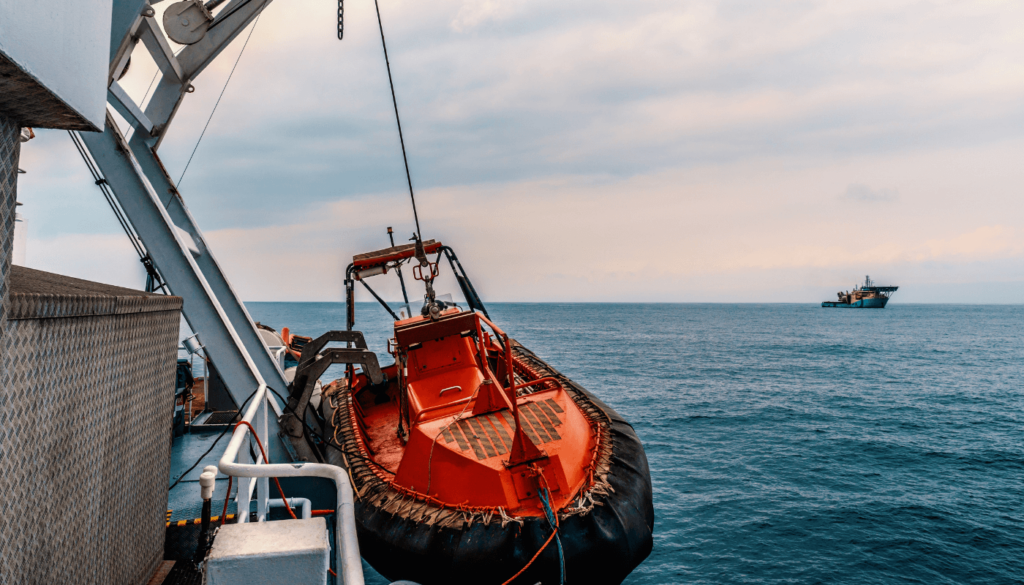
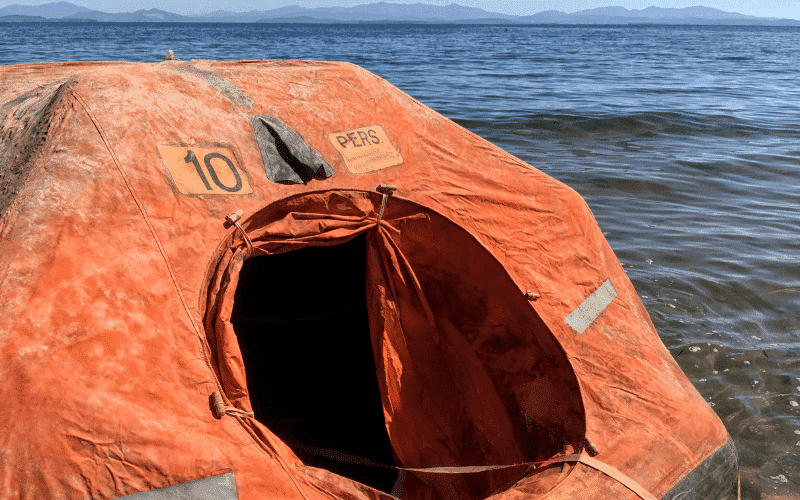
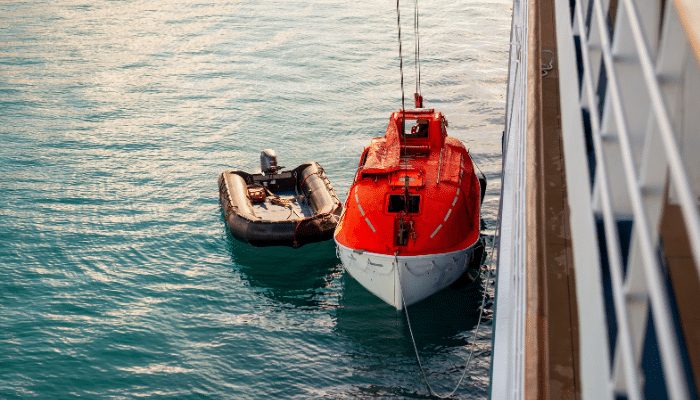

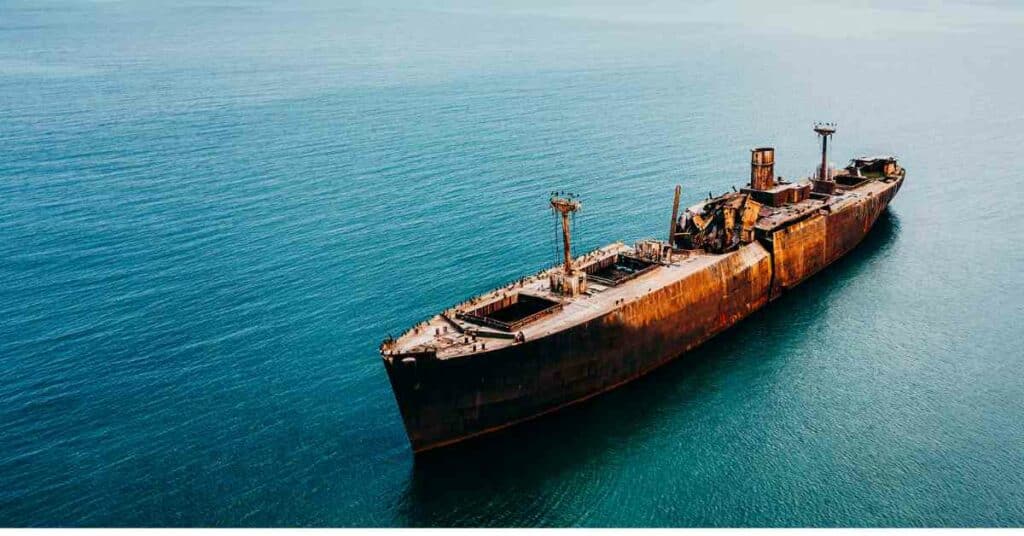
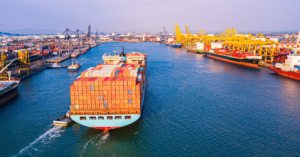
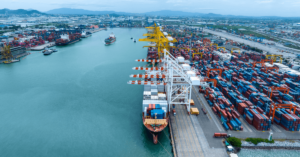
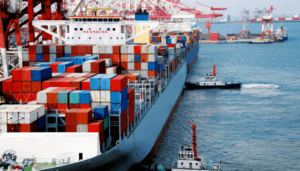
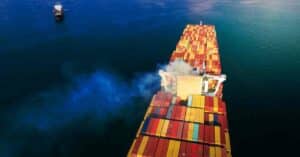
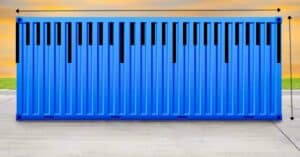
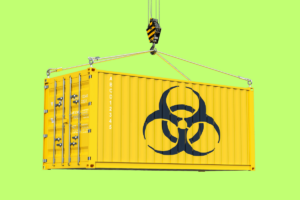

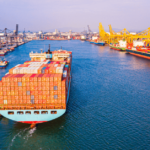
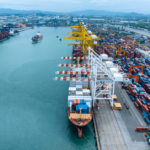
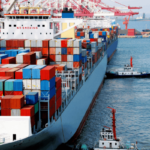
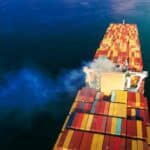

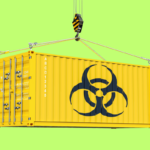
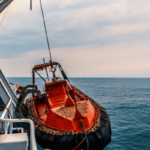
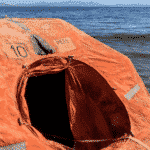
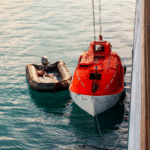
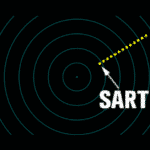
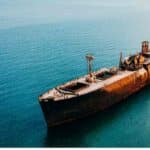

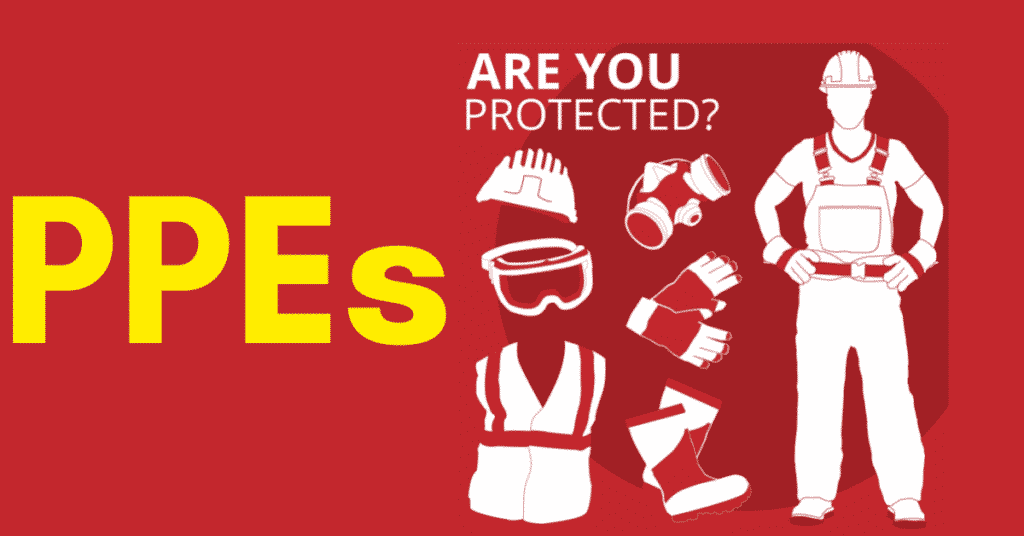

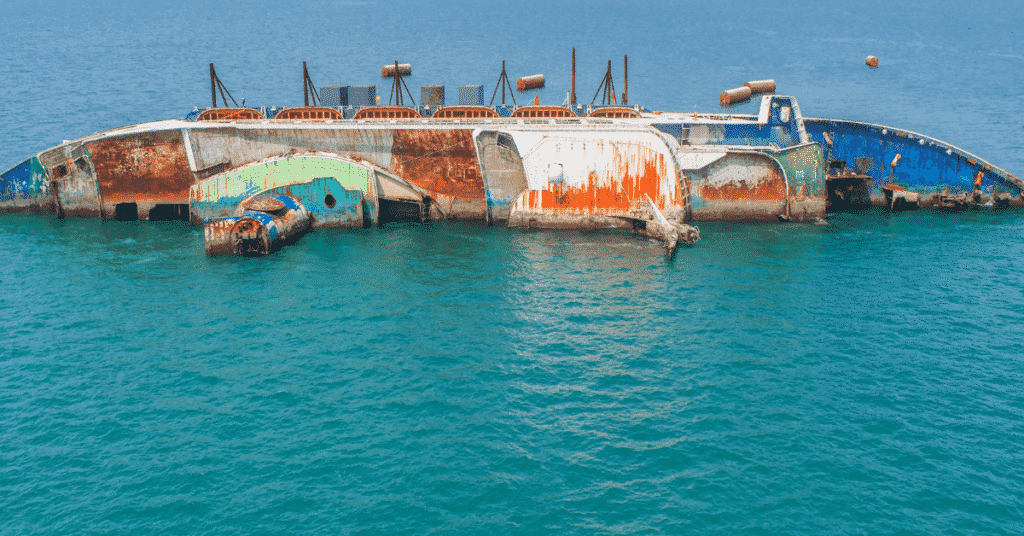
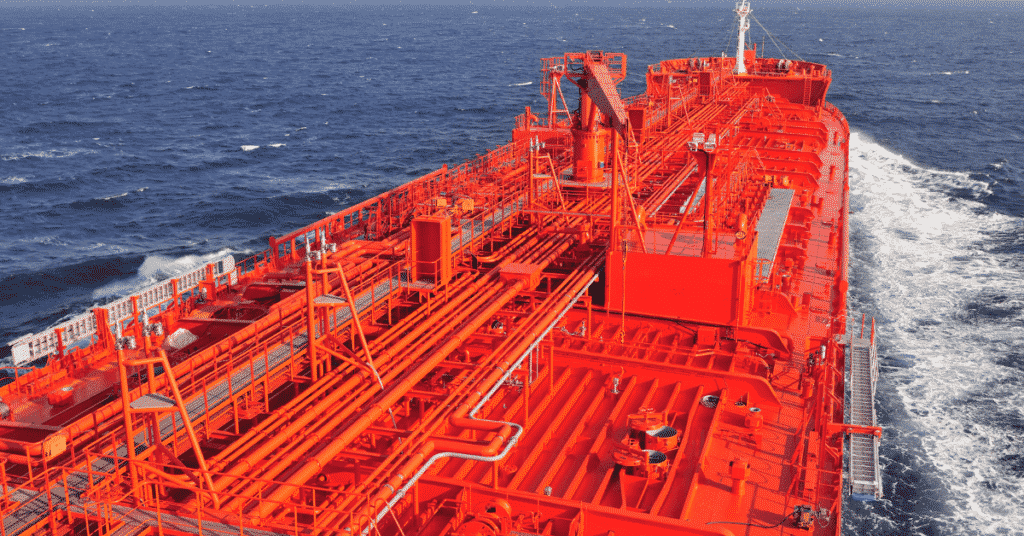
Damn, putting a guy out to sea in a barrel is pretty harsh.
The greatest website I have ever seen to marine subjects students. Go ahead!